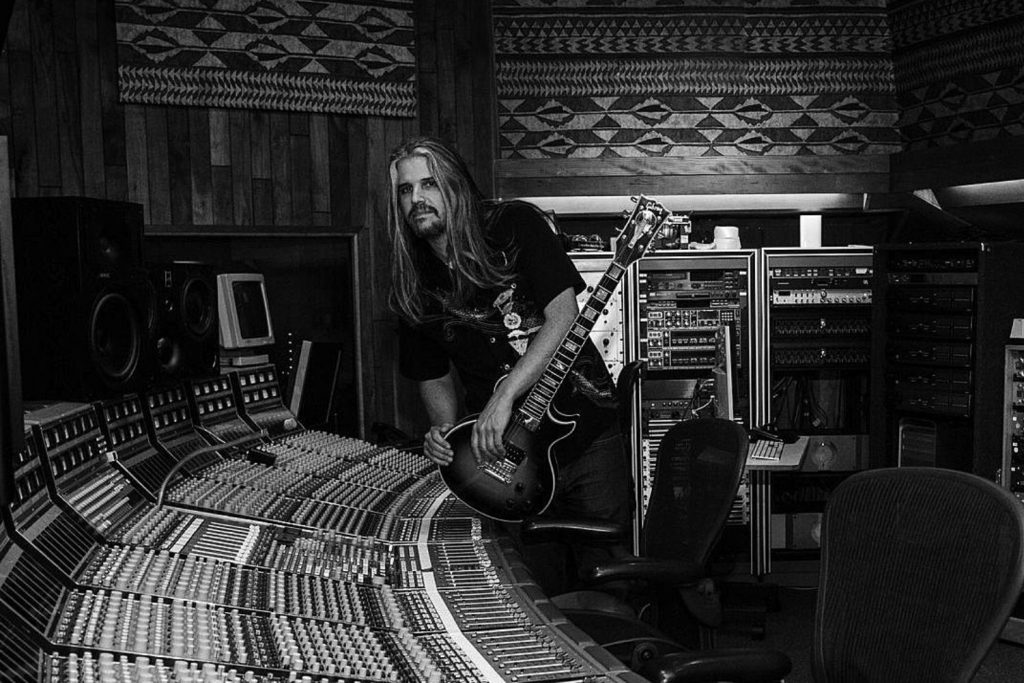Once upon a time musicians didn’t record music. This wasn’t all that long ago either.
The USB microphone handles a few jobs: it records audio both sonically, as well as serving as the digital conversion stage to convert audio to digital code that your computer can understand.
Now, let’s return to discussing how recent the self-recording phenomena is, and how a USB microphone fits into this. As some of you start to furrow your brow and wonder what on earth I am talking about, consider this. 20 or 30 years ago most musicians played music. They did not record it, although many of them were recorded. The task of recording their music was left to the producer and engineer who knows how to operate the studio, control all the flashing lights and most importantly, knew which knobs to turn. That was the role of the engineer, piloting at the flight deck (mixing console) taking control of the hardware. The producer almost played the role of translator between these two foreign people.
Read up on all the latest features and columns here.
The vast majority of musicians can’t understand engineer, and many engineers down know how to speak musician. But the producer was the bilingual go-between that could get these two groups communicating and interacting. That has all changed. Today, the modern musician is not only the performer, but the producer and the engineer as well. With the development of home recording equipment, musicians have the potential to record themselves and get great results without the need of a producer or engineer for every step of the process.
With this new breed of home recording musicians, has come the development of a new range of recording techniques based on the tools made available to them. One such tool is the USB microphone. This clever idea sees the microphone, preamp power supply and AD converter all housed within the one casing and requires nothing more than a USB cable to operate and capture audio into a computer software platform. That makes it sound pretty fancy, and it is in many ways. What’s on offer in the USB microphone world now delivers results that could not have been imagined for ten times the price only 15 or 20 years ago. Any wonder it is growing in popularity. Now that the fear of these new devices has been overcome, the take-up of them by many musicians is growing all the time. But, there are some concerns and important factors to consider when using a USB condenser microphone for recording vocals and instruments.
Like with any studio microphone, you need to consider the environment the microphone is operating in and adjust it to the best-case scenario. Usually these microphones are supplied with relatively short USB cables. The first thing you should do is invest in a good quality USB cable of around 10 to 15 feet in length. This will enable you to get some distance from your computer when recording. Remember, you need to isolate any noise within the room that you choose to record in. With a USB microphone, you can’t run a long XLR cable into another room and have the computer removed from the recording space. So, be aware of how your computer operates and how it generates noise. If certain functions force the computer’s fans to increase, try to reduce those processing whilst recording.
Although you can’t always keep it quiet, so consider its placement too. Have your microphone set up with the polar pattern facing away from the computer to reject as much operating noise as possible. Also, try to keep your computer at a different height to the microphone when recording to further reduce unwanted noise spill. But ensure it is not in a corner or against a wall, if possible, as this will only serve to increase noise through reflections and make cancellation even more difficult with microphone placement. You can get great results form a USB microphone by considering its inherent downfalls. Like any home recording environment, you need to be concerned with external environmental noise. But, the bigger problem is usually from noise generated within the recording space. So take this into consideration and your recording will show you the results in playback.
We love a good USB microphone here at Mixdown, and our friends at Audio-Technica make some of the best. Keep reading about the AT2020USB-X here.






